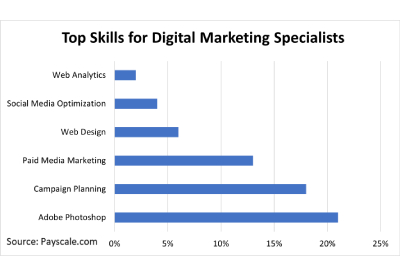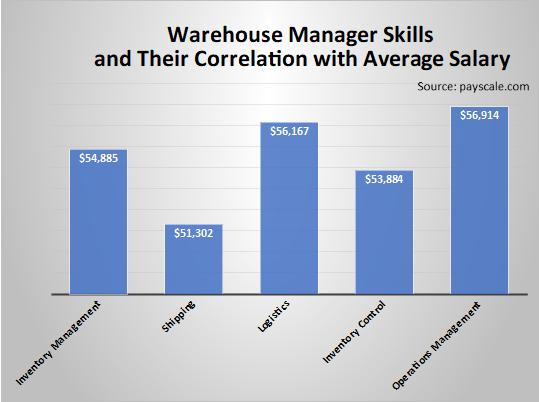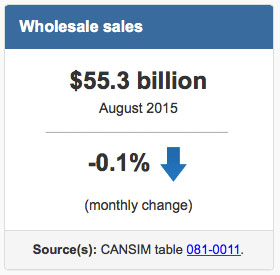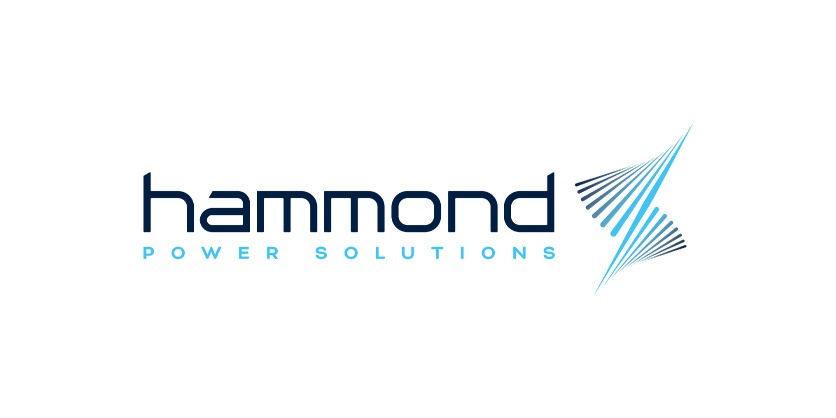For the New Salesperson — There’s a Lot to Learn
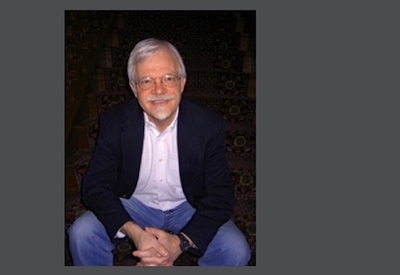
Nov 27, 2019
By Frank Hurtte
Let’s start with a premise: your customers are busy, very busy. Most will soon tire of even the most conscientious salesperson who stops by to talk about the weather, how they are doing, and other idle chit chat. Earlier we talked about customer focused first-time sales calls that provided you with background on the customer. These will open the door to future calls, but even these soon become tiring if the salesperson lacks the proper product and application knowledge.
While I generally don’t feel as though the selling methods expounded by the late Zig Ziglar apply directly to our work, one quote from Zig continues to ring in my mind. This may not be an exact quote, as I am going from memory, but here goes:
“Enthusiasm for the products and services comes from product knowledge and talking with satisfied customers. How can we develop enthusiasm for something about which we have little or no knowledge?”
To be a professional, you simply must learn about the products you offer. For distributors, this is a daunting task.
The typical distributor represents dozens of manufacturers, each with many technologies. A quick review of one of my clients demonstrates this. They have 15 different product categories, each with many subcategories. These represent everything from circuit protection devices (think circuit breakers and fuses) to networking and IIoT monitoring devices (like industrial networking switches to power monitoring systems). Simply stated, there is too much to learn in a full week or even six months of concentrated study. To say this is a daunting task might be an understatement. Yet, the need to learn products remains.
A journey into the past
Back in the day (don’t you just love that phrase), distributor salespeople learned about products by osmosis. Most started in the warehouse where they learned about products by attending after-work training sessions and lugging boxes around the building. Once they earned their stripes in the warehouse, the potential seller was promoted to inside sales; again more exposure to sales meetings and exposure to customer questions. Along the way, promising new folks were given the opportunity to attend remote factory-based training and perhaps garner more sales training. Finally, a territory was assigned and the rookie salesperson did their best to “fake it” with customers.
There are a few important points to consider here. First, the role of a salesperson was different. Even just a decade ago, salespeople served a different purpose. Most were product providers rather than solution providers. Second, distributors have expanded their product offerings; adding new technologies along the way. This makes learning products more difficult. Finally, and most importantly, customer expectations have shifted. Most have little or no tolerance for salespeople who bring little value to the equation. Show up for a few “how’s the weather” calls and you will soon find it difficult to schedule your next appointment.
Restating for emphasis, learning all of this quickly is tough. Sadly, most sales managers can provide little insight except to enlist you in factory-based training schools and suggest you speak to the manufacturer’s sales rep. While both of these strategies are sound, they require time and drag out the time required for you to be impactful with customers. However, we have discovered a time tested strategy for accelerating your growth.
For the next few minutes allow me to outline two concurrent strategies for prioritizing and accelerating your product and application skills.
What are your top customers buying?
This technique works well if you inherited a territory. If you have no active customers, I suggest you skip to the next section — at least until you break the ice with a few customers. Now back to those with some customer history: What are your top five customers purchasing? It should be relatively easy to come up with a product purchase history for each of your top five customers.
Sort the purchases to show what product they purchase in the largest quantity
If the customer is an OEM, you might find the products are large quantities of just a few things. Conversely, for end users, you may see a splatter of many different part numbers from a variety of manufacturers. Either way, their purchases will show you trends.
Select the top 5 products purchased more than three times over the past year
Why are we looking at products purchased more than three times? This eliminates the stuff that may have been purchased for a one-time project and puts you into the mainstream of the customer’s buying habits. This is an important part of our strategy.
Review and evaluate the products and technology purchased
What were these top five products purchased? Were they part of the same type of technology? Did they come from the same manufacturer?
Here are some questions to consider when going through your evaluation:
• Do these products come from a supplier with which you have an exclusive or semi-exclusive relationship?
• Does your company have some kind of commercial advantage in selling price?
• Are you known to carry a larger stock of these products than other competitors in your market?
• Are the product variations of the same technology?
• How long have these products been purchased from your company?
Study up on the technology and typical uses of the products purchased
I know you are planning on attending a bunch of factory schools and your manager has some training lined up, but learning about technologies is not that hard and can easily be done on your own. Google is a great resource for this type of information. To illustrate the point, here are a few links to a few of the commonly sold products in the industrial space (along with some comments).
AC variable frequency drives are a common technology sold by those in the electrical, power transmission, fluid power, and HVAC space. A quick search reveals these great tutorials.
Here’s a simple explanation of how variable frequency drives work provided by the Canadian Government.
Still have questions? There are over three million results listed when you Google the phrase, “How does a VFD work?” Among them is a cool post on Wikipedia.
Proximity sensors are another common product technology. Going through a similar search we come up with hundreds of tutorials. Again looking at Wikipedia for a good overview we find this.
In each case, approximately 15 minutes of reading should give you a basic understanding of the product including a few technologies.
Think about how your products are used at your customer
This one might require a conversation with your sales manager, product specialist or factory salesperson. In other instances, the product application will be relatively straightforward. The end result is you know a little about the product and have an idea as to why/where the customer is using your product.
Gather the expert opinions of your customer
This is the meat (or Beyond Meat “meat substitute” for our vegan friends) of the whole process. You use your best customers to better educate yourself. And, by using assumptive questions, you look smarter for going through the process. Let’s explore assumptive questions in detail.
The assumptive question
An assumptive question interjects what you already know into the question to set the stage for a more detailed answer. The best way of thinking about the concept is a conversation between experts. Your assumption demonstrates you have some expertise, but the customer has more.
Imagine a conversation between two doctors, one being a general practitioner and the other a specialist. The general practitioner might ask the specialist this: “In a case like this, one has to imagine there will be a potential for drug interactions. Which medications are more likely to interfere with those you could prescribe?” Both parties are experts, but clearly the specialist has more expertise in this area.
Armed with a few assumptive questions, you are ready to move forward. To get you started here are four assumptive questions from other industries:
1. LED-based lighting has taken over many older technologies based on its low energy consumption, but I suspect there were other reasons for your purchase. Can you share your thoughts on the other advantages?
2. The advantages of machine guarding technologies are obvious from a pure safety standpoint, but what else did you consider when selecting this product for your application?
3. There are numerous ways to measure the speed of a rotating shaft. Can you explain why you selected a hall effect sensor for your application?
4. I know that AC drives are often used as an energy savings tool in pump and fan applications. Are there other reasons for your use in this application?
Each question provides you with an insight into the buying decisions of your best customer but also provides you with new information on application and product selection to use at other accounts.
Wrapping this all up
There are four key points I would like to reinforce (aka preach about) to those of you launching your territory and laying the foundation for your career:
1. You must know products and their applications to be a solution-based seller. If all you do is deliver catalogues and handle logistics, Amazon, other websites and Artificial Intelligence-based (AI) computer algorithms will soon replace you.
2. The responsibility for learning products belongs to you. While others can help, you control your destiny. Google, YouTube and dozens of other online resources should be put to use. There are very few topics where a person can’t gather an elementary understanding in a half hour or less.
3. You don’t have to know everything about every one of your products. You may never be the leading expert on the legendary “doubledipthonghydristors” listed somewhere in the back of one of your catalogues. You just need to know enough to have a reasonable conversation with the customer. We covered some of this before in a different series, but here’s a refresher.
4. Assumptive questions rock. They apply to more than just product discussions. Utilizing them in general customer conversations will serve to enhance your reputation as a professional and trusted customer adviser.
Finally… and I mean it this time
I am interested in the assumptive questions you have developed for your customers. Send me a couple of the assumptive questions you have used and I will send you River Heights Consulting’s grand prize- a personalized postcard from Iowa: https://p.feedblitz.com/t3.asp?/376830/35183025/0_//mailto:frank@riverheightsconsulting.com:frank@riverheightsconsulting.com
Frank Hurtte is the Founding Partner of River Heights Consulting. The Distributor Channel is a service of River Heights Consulting. Find out more: www.RiverHeightsConsulting.com.


